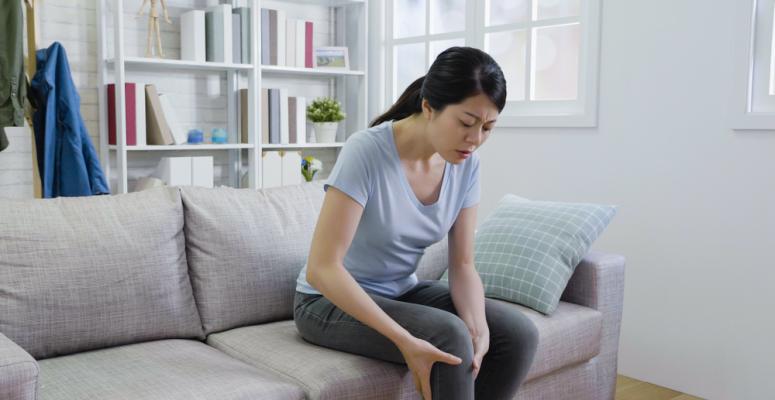
Are you struggling with arthritis in one or both of your knee joints? Approximately 14 million adults in the U.S. have symptomatic osteoarthritis, which is one of the most common types of arthritis. Arthritis is a degenerative condition that causes pain and inflammation in the joints, among other symptoms. It typically affects older adults as their joints age and wear down. People who are overweight, have other health conditions like diabetes, have experienced a knee injury in the past, or who put stress on their knees often are more likely to develop arthritis in their knees.
While many people who have arthritis may feel like they have already exhausted all treatment options, there is one treatment that can be particularly effective. Physical therapy is a great way to relieve joint pain and stiffness and to prevent arthritis flare-ups from happening in the future. It really works. If you want to know more about the relationship between knee arthritis and physical therapy, you can find everything you hope for here.
What are the symptoms of arthritis in the knee?
Arthritis has several distinguishable symptoms. If you have not been diagnosed with arthritis but have experienced one or more of the symptoms in the list below, meeting with a physical therapist who can help is a good idea.
- Creaking or snapping sounds — One of the symptoms of arthritis is hearing creaking or snapping sounds coming from the affected joints.
- Trouble walking — Another symptom of arthritis is having difficulty walking comfortably. Stiff and aching joints can make using the joints involved in walking, like the knees, uncomfortable.
- Joint pain that changes with the weather — It's common for people who have arthritis to experience changes in their joint pain with the weather. Certain changes in the atmosphere or in the temperature can make arthritis more or less uncomfortable.
- Stiffness in the joints — One of the most widely recognized symptoms of this condition is stiffness. Many people who’ve been diagnosed with arthritis will complain of stiffness that gets worse with inactivity.
- Swelling around the joints — The inflammation that arthritis causes leads to swelling around the joints. The affected joints may appear larger than normal or bulbous.
- Warmth and redness on the skin — Arthritis can cause a person to develop very warm or red skin around the area where the joint has become inflamed.
- Locking or clicking when moving — Another symptom of arthritis is locking or clicking during movement. The joint might not function as smoothly as it should and feel like it gets stuck.
How can physical therapy help with arthritis in the knee?
For those with arthritic knees, physical therapy can be an effective treatment. PT is designed to identify your condition's root cause and treat both the problem and its symptoms. It can also teach you what to avoid to prevent making your arthritis worse. Since arthritis is chronic and can be degenerative, it can’t be cured. However, physical therapy can provide pain relief and address the other symptoms of arthritis, like stiffness and limited mobility. Here’s how PT can help:
- Strengthening the muscles around the joint — A physical therapist can show you how to build muscle strength around the knee to support the joints better. Increased muscle strength can help lighten the load on the joints.
- Increasing flexibility around the knee — When a person has arthritis, the affected joints become stiff and difficult to move. PT can gently stretch and exercise the knees to become more flexible and comfortable to move.
- Improving balance and gait — Arthritis can lead you to develop abnormal walking patterns to compensate for any stiffness or pain you may experience. Physical therapists are trained to recognize improper balance and gait and correct these so you can walk more comfortably.
- Improving posture — Sore and stiff joints can lead you to develop poor posture, which can lead to a variety of other problems. During PT, you can exercise your joints so that they become less stiff and also work to improve your body posture.
Alliance PTP is ready to help you find a caring physical therapy partner to address your knee arthritis
Need a physical therapy partner to help you address your knee arthritis? Alliance Physical Therapy Partners is here for you.
We can help you find the in-person or virtual physical therapy that’s right for you, and even better, we’ll help you find a team of caring professionals who are ready to walk with you through your entire PT journey.
Contact us today to start getting the care you need.
Get Help at a Location Near You
